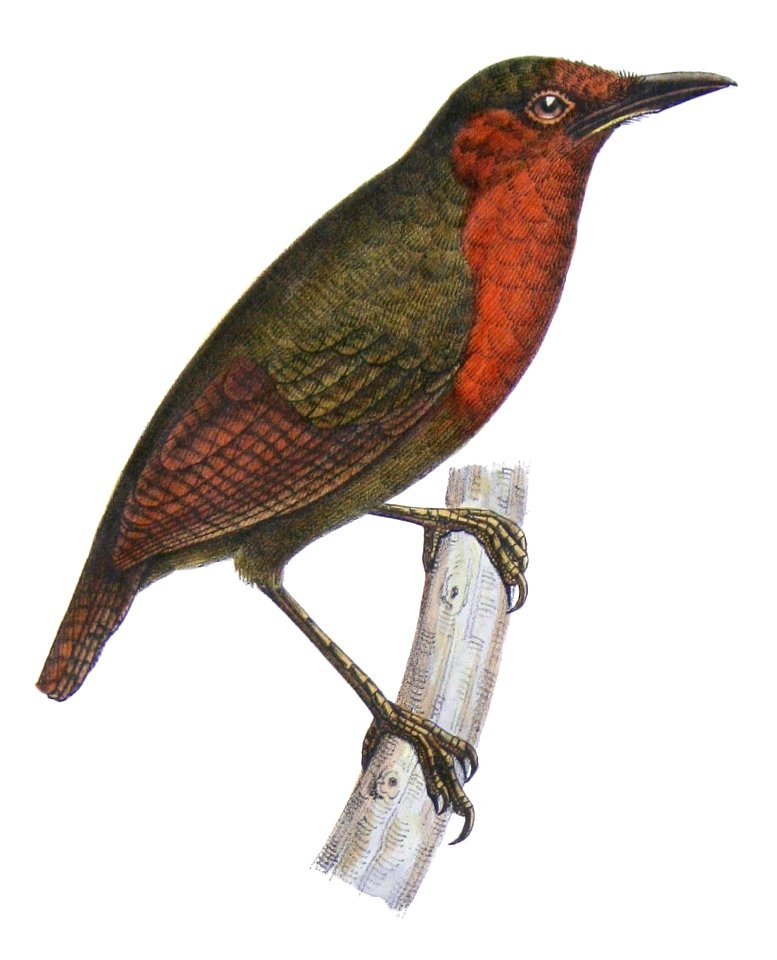The Rufous-throated Leaf-tosser: A Deep Dive Into Sclerurus Rufigularis
Share
The Rufous-throated Leaf-Tosser, scientifically known as Sclerurus rufigularis, is a fascinating bird species belonging to the family Furnariidae within the order Passeriformes. This article will explore the taxonomy, habitat, behavior, diet, reproduction, and conservation status of this unique bird, providing birdwatchers and enthusiasts with valuable insights into its life and ecology.

Taxonomy
The Rufous-throated Leaf-Tosser was first described by Natterer in 1869, with its type locality being Borba, Rio Madeira, Brazil. It falls under the suborder Tyranni and is part of the Furnariidae family, which is known for its diverse range of species that exhibit various adaptations to their environments. The species is primarily found in northern Brazil, extending south of the Amazon from the upper Rio Jurua and the Purus to Belem, and further south to northern Bolivia and northern Mato Grosso.
Physical Characteristics
The Rufous-throated Leaf-Tosser is a medium-sized bird, characterized by its distinctive rufous throat, which sets it apart from other species in its family. Its plumage is generally brown and streaked, providing excellent camouflage in its forest habitat. The bird has a short, stout bill adapted for foraging through leaf litter, where it searches for insects and other small invertebrates.

Habitat
The Rufous-throated Leaf-Tosser inhabits humid tropical forests, particularly in areas with dense undergrowth. It prefers regions with abundant leaf litter, which is crucial for its foraging behavior. The bird is typically found at elevations ranging from sea level to about 1,200 meters, where it can thrive in the rich biodiversity of the Amazon rainforest.
Diet
The diet of the Rufous-throated Leaf-Tosser primarily consists of insects and other small invertebrates. It forages by flipping over leaves and debris on the forest floor, using its strong bill to uncover hidden prey. This behavior not only aids in its survival but also plays a vital role in the ecosystem by helping to decompose organic matter and recycle nutrients.

Behavior
The Rufous-throated Leaf-Tosser is known for its secretive nature, often remaining hidden among the foliage. It is a solitary bird, typically seen alone or in pairs. Its vocalizations are a series of soft, melodious calls that can be heard echoing through the forest. These calls are essential for communication, especially during the breeding season when males establish territories.
Reproduction
Breeding behavior in the Rufous-throated Leaf-Tosser is not extensively documented, but it is believed that the species builds its nest in tree cavities or dense vegetation. The female typically lays a small clutch of eggs, which both parents help to incubate. The young are altricial, meaning they are born helpless and require parental care for survival.

Conservation Status
Currently, the Rufous-throated Leaf-Tosser is not considered endangered, but its habitat is threatened by deforestation and habitat fragmentation. Conservation efforts are essential to protect the Amazon rainforest and its inhabitants, including this unique bird species. Preserving their natural habitat is crucial for maintaining the ecological balance and ensuring the survival of the Rufous-throated Leaf-Tosser.

Birdwatching Tips
For birdwatchers interested in observing the Rufous-throated Leaf-Tosser, the best locations are the humid tropical forests of northern Brazil. Early morning is the ideal time for birdwatching, as many species are more active during this period. Patience is key, as this bird's secretive nature may require some time to spot. Listening for its distinctive calls can also aid in locating this elusive species.
The Rufous-throated Leaf-Tosser is a remarkable example of the rich avian diversity found in the Amazon rainforest. Its unique adaptations and behaviors highlight the intricate relationships within its ecosystem. By understanding and appreciating this species, we can contribute to the ongoing efforts to conserve its habitat and ensure its survival for future generations.